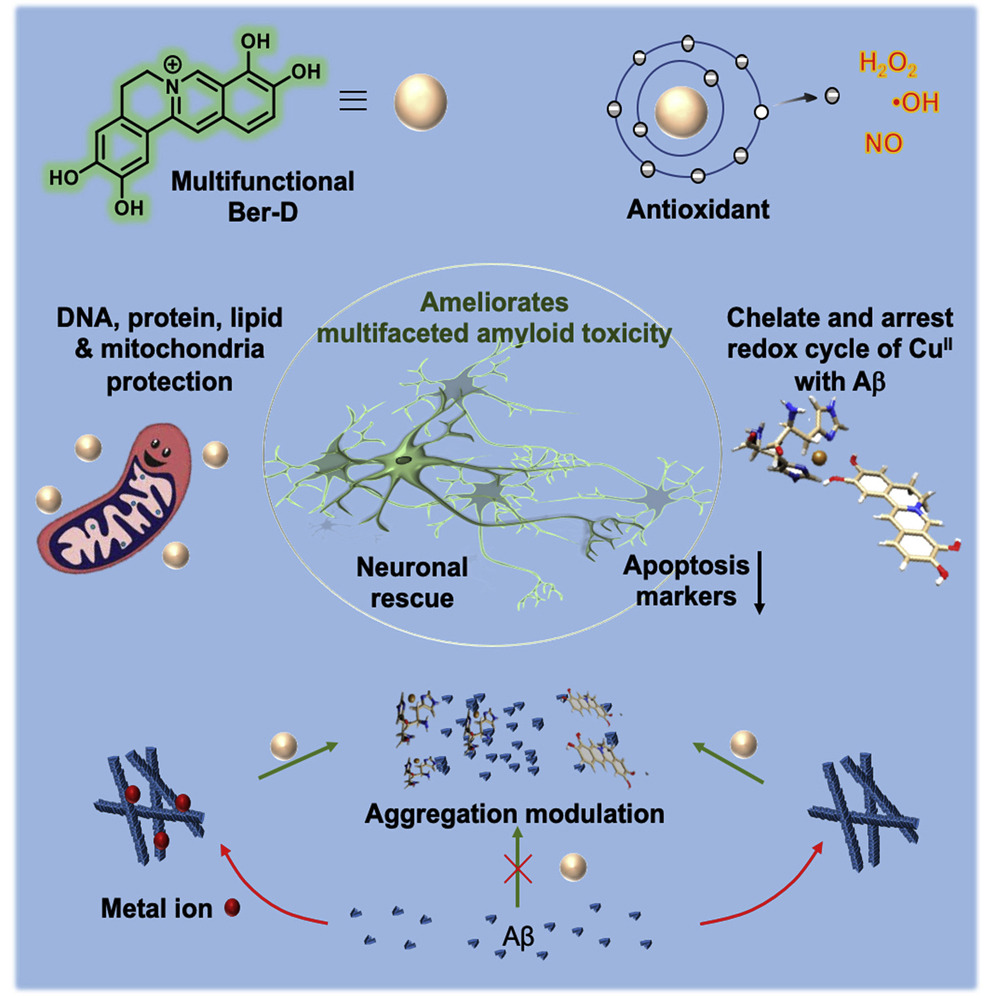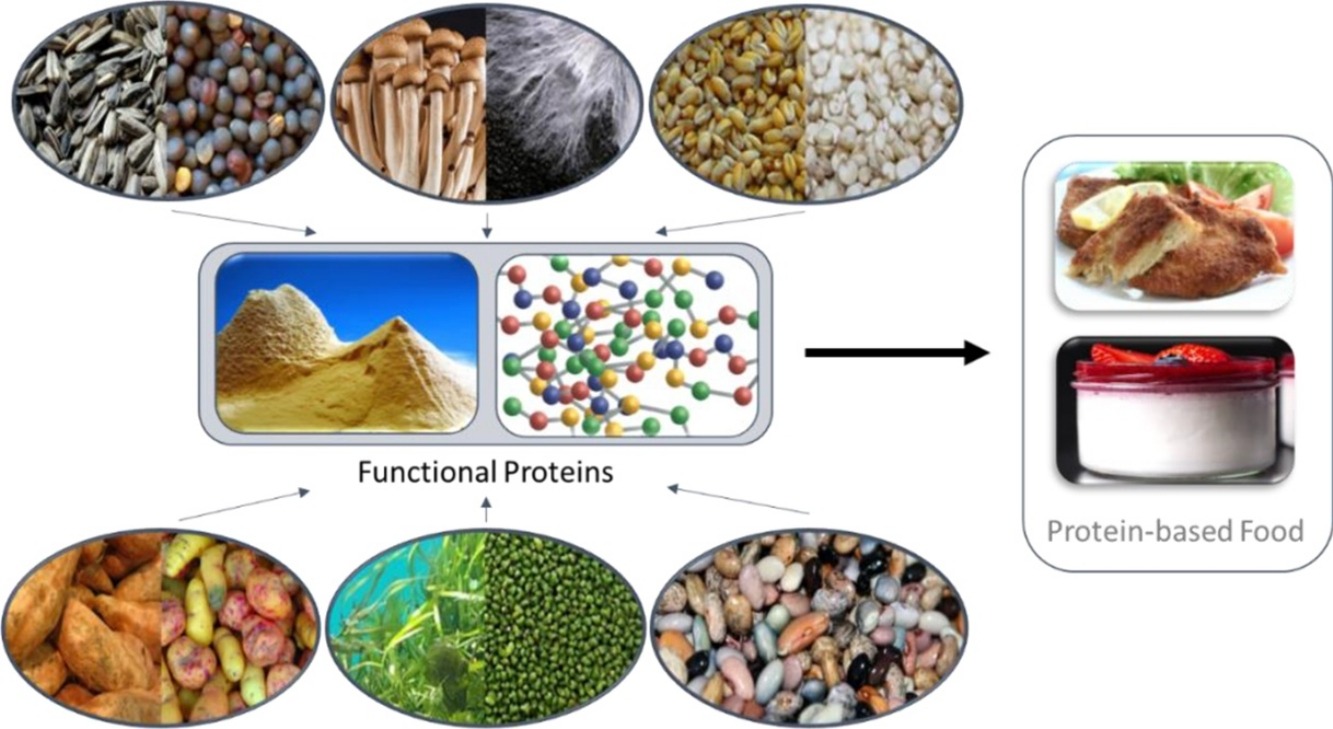Lithium-ion batteries (LIBs) have an established role in the consumer electronics markets with minimum risk of replacement from any other contender in the near future. The recent momentum towards electric vehicles and the renewable energy storage market is creating an increased demand for LIBs. The large amount of hazardous waste generated from the disposal of LIBs is driving research into a sustainable approach for LIB treatment and recovery. The positive electrode active materials being the main targeted component as it is the greatest cost contributor to LIBs production.
We examined whether cognitive reserve (CR) impacts level of, or rate of change in, biomarkers of Alzheimer's disease (AD) and small-vessel cerebrovascular disease in >250 individuals who were cognitively normal and middle-aged and older at the baseline. The four primary biomarker categories commonly examined in studies of AD were measured longitudinally: cerebrospinal fluid measures of amyloid (A) and tau (T); cerebrospinal fluid and neuroimaging measures of neuronal injury (N); and neuroimaging measures of white matter hyperintensities (WMHs) to assess cerebrovascular pathology (V).


